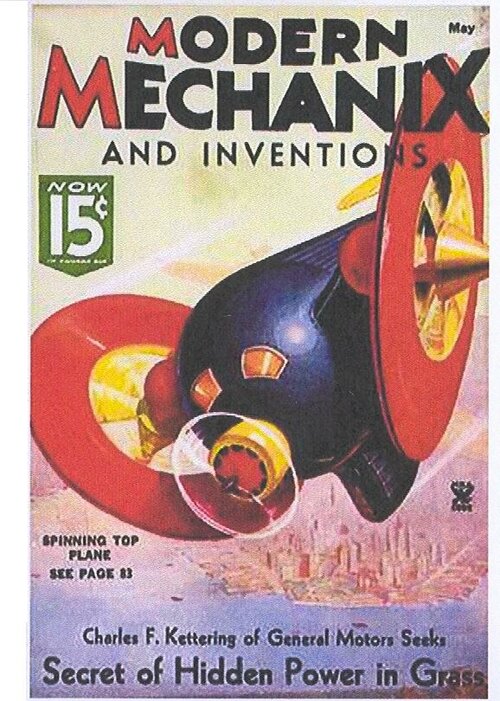southwestforests
ACCESS: Top Secret
- Joined
- 28 June 2012
- Messages
- 752
- Reaction score
- 1,204
That fits the theme - I'd have to suspend belief in lots of things, such as physics, before I'd use that gizmo!Okay, disbelief duly suspended for ~90 mins
Last edited:





































































